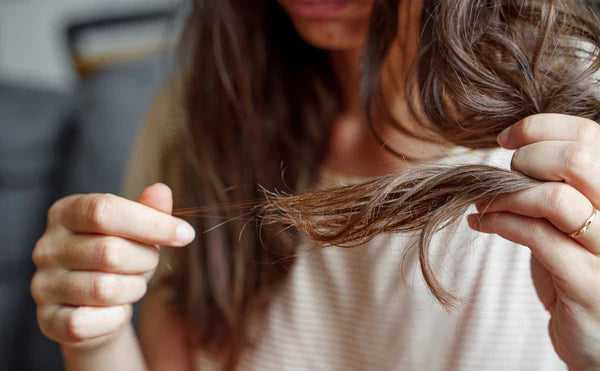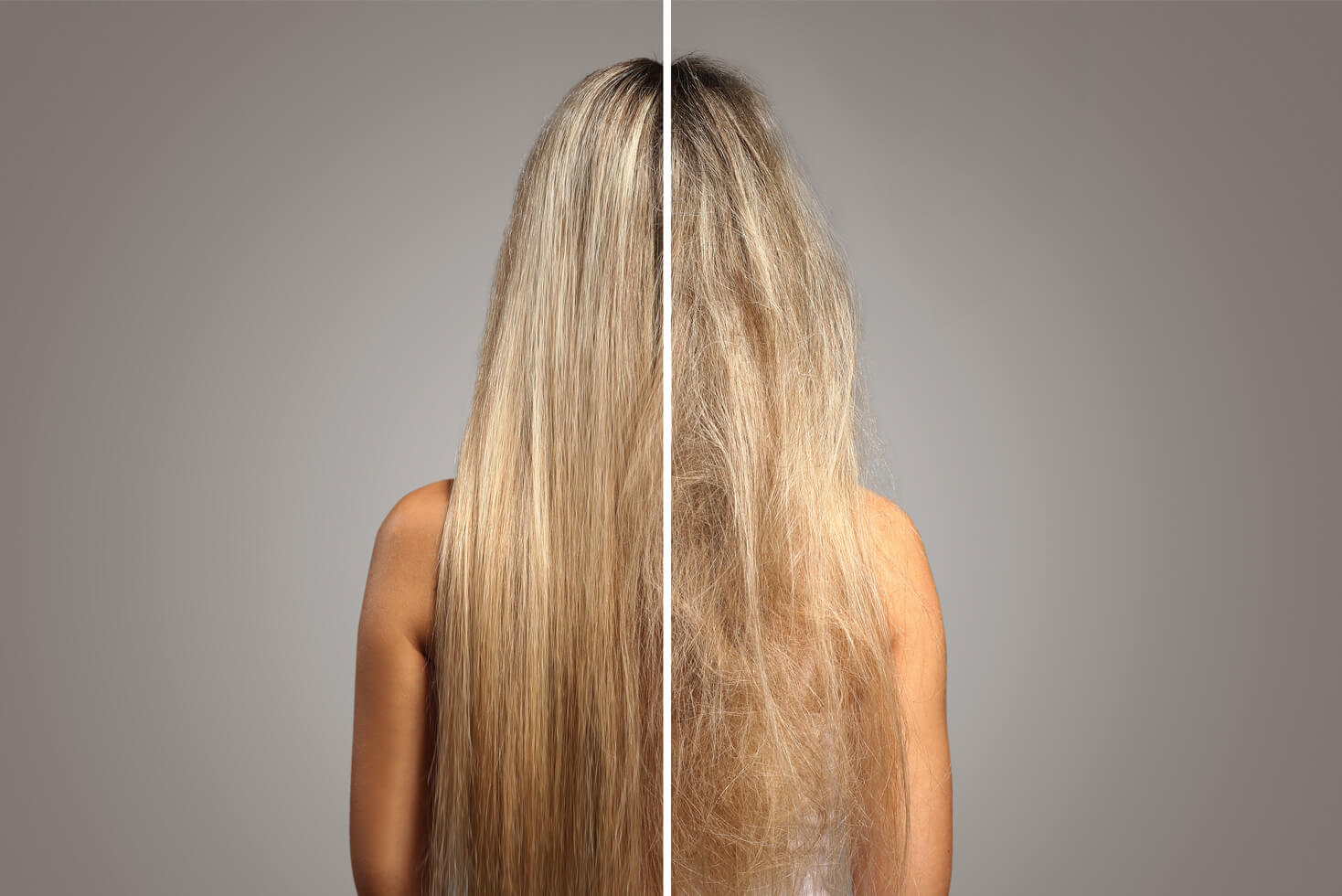If you've ever heard the term " hair porosity " and wondered what it meant, you're not alone!
There are many different terms and categories used to describe hair health, texture, and type, and hair porosity refers to the general ability of hair strands to absorb and retain moisture.
Generally speaking, there are three main categories of hair porosity that most hair types fall into, namely low, medium, and high porosity.
What exactly is porosity?
Porosity is a measure of hair's ability to absorb and retain moisture. It can also be described as the indicator of how easily moisture can penetrate the hair. Hair porosity is largely determined by genetics, but can also be changed by external factors such as heat and chemical treatments.
Other examples of materials with varying degrees of porosity include wood, marble, cement, sponge, or rock. Their porosity level refers to the percentage of open air pockets (or pores) on the material's outermost surface, and therefore its ability to absorb and retain moisture.
A sponge is an example of a porous material because it has a large percentage of empty spaces on its exterior surface.
When talking about hair, the level of porosity is determined by the structure of the hair cuticle , which is the outermost layer of the hair shaft.
Low porosity hair
are characterized by a tightly bonded cuticular layer, which makes it difficult for moisture to penetrate, as well as its escape once it has penetrated the hair. Low porosity hair is characterized by a long drying time, resistance to coloring and other chemical processes and a tendency to build up products.
In contrast, highly porous hair has gaps and openings in the cuticle layer, allowing moisture to easily enter and exit. Highly porous hair typically dries quickly, is prone to frizz, and may tend to be dry.
How to recognize the porosity of your hair?
Hair porosity can generally be determined by how it feels and how long it takes to dry, as well as its ability to retain moisture.
There are a few quick tests you can do at home to determine your hair's porosity level. These tests do not guarantee an exact result, but they will certainly help you understand how porosity works.
The floatation test:
- Take a few strands of hair from your brush or comb (be sure to use clean hair as products can change the results) and drop them into a glass of water.
- Let them sit for a few minutes. If the strands float after time has passed, your hair probably has low porosity. If it flows, the hair is probably high porosity.
- If the hair is floating somewhere in the middle of the glass, this indicates hair of medium porosity.
The wick test:
- Take a section of hair and slide your fingers upward toward your scalp.
- If you feel small bumps along the strand, your hair may be very porous.
- If the shaft is smooth, your cuticle is tight and you may have low porosity hair.
The spray bottle test:
- Take a small section of your hair and spray it with water from a spray bottle.
- Look carefully, if water beads up on the hair, the porosity is low.
- If water is absorbed quickly, the hair is very porous.
- If you notice that the water stays on the hair for a few minutes before being absorbed, the hair porosity is average.



